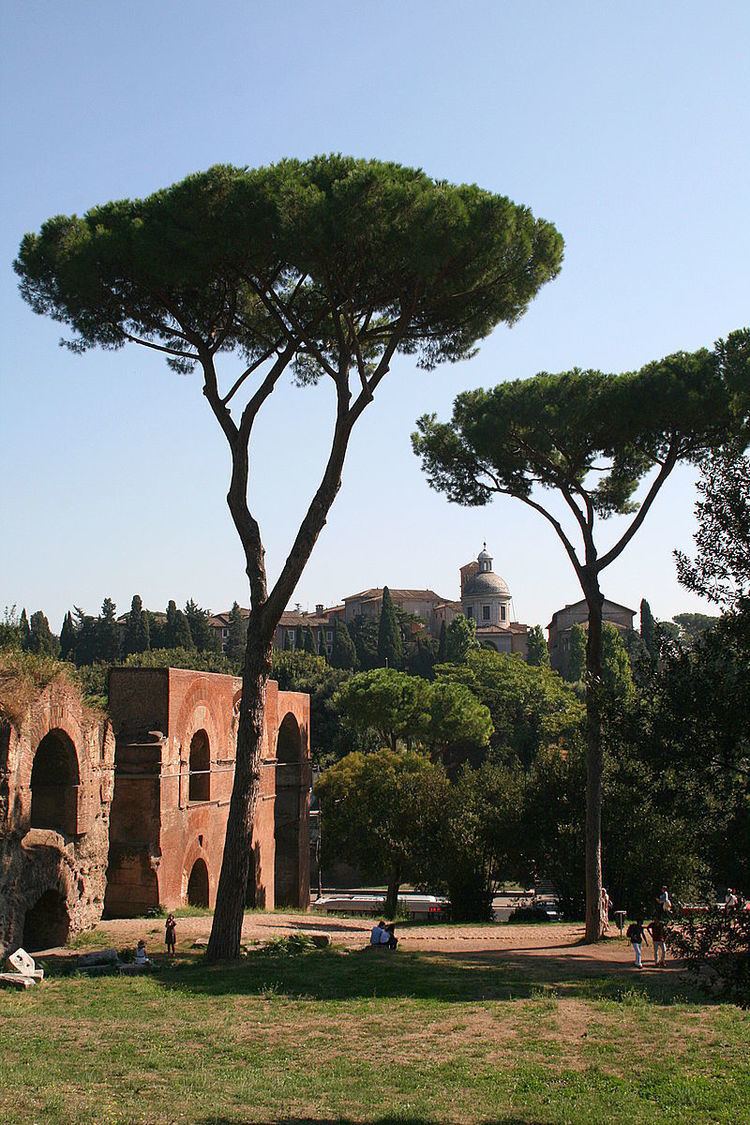 | ||
Address Viale Appio Claudio, 115, 00174 Roma, Italy Similar Aqua Anio Novus, Aqua Marcia, Aqua Appia, Aqua Tepula, Aqua Julia | ||
Aqua Claudia ([ˈakwa ˈklaoodia]) was an ancient Roman aqueduct that, like the Anio Novus, was begun by Emperor Caligula (12–41 AD) in 38 AD and finished by Emperor Claudius (10 BC – 54 AD) in 52 AD.
Contents
Together with the Aqua Anio Vetus, Aqua Anio Novus, and Aqua Marcia it is regarded as one of the "four great aqueducts of Rome."
Route
Its main springs, the Caeruleus and Curtius, were situated 300 paces to the left of the 38th milestone of the Via Sublacensis.
The total length was 45–46 miles (c. 69 km) most of which was underground. The flow was about 190000 cubic metres in 24 hours. Directly after its filtering tank, near the seventh mile of the Via Latina, it finally emerged onto arches, which increase in height as the ground falls toward the city, reaching over 100 feet.
It is one of the two ancient aqueducts that flowed through the Porta Maggiore, the other being the Anio Novus. It is described in some detail by Frontinus in his work published in the later 1st century, De aquaeductu.
Nero extended the aqueduct with the Arcus Neroniani to the Caelian hill and Domitian further extended it to the Palatine when the Aqua Claudia could provide all 14 Roman districts with water.
Repairs
The aqueduct went through at least two major repairs. It was said that the Aqua Claudia was used for 10 years, then failed and was out of use for 9 years. The first repair was done by Emperor Vespasian in 71 AD; it was repaired again in 81 AD by Emperor Titus.
The Aqua Claudia maintained its structure and appearance for so long partly because of roman pozzolana mortar.
The church of San Tommaso in Formis was later built into the side of the acqueduct.
